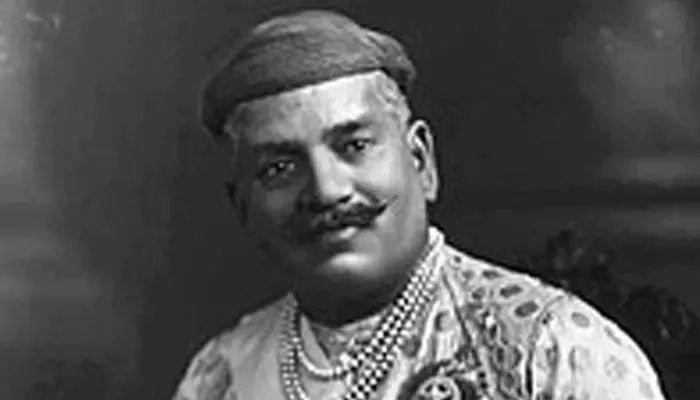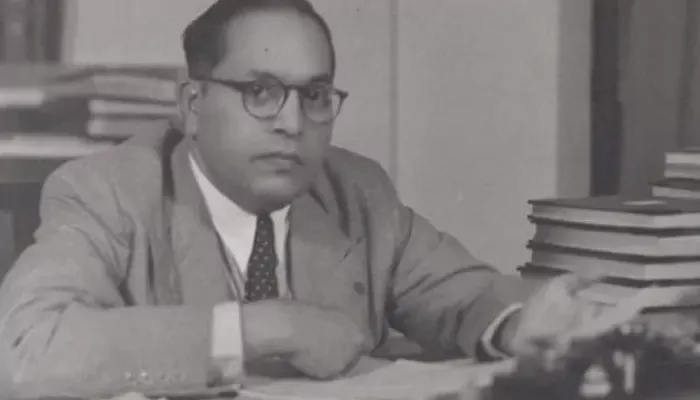
The reformist king who modernised boldly and supported freedom quietly.
In 1875, a 13-year-old orphan from a collateral branch of the Gaekwad dynasty was chosen to rule Baroda. That boy, Sayajirao Gaekwad III, wasn't born to be king, but he ruled like one of India's greatest. While other princely rulers tied themselves tightly to British expectations, Sayajirao quietly shaped a different destiny. He dreamed of a just, educated, self-reliant India long before such ideas were fashionable in royal circles.
Sayajirao knew open defiance of British rule would provoke a backlash, so he took a quieter path of protection, funding, and encouragement. His court offered refuge to reformers, thinkers, and nationalists. Gopal Krishna Gokhale, Bal Gangadhar Tilak, and Annie Besant all found a welcome in Baroda. The Baroda Durbar became a platform for national dialogue, even while the official stance remained loyal to the Raj.
Baroda wasn't a battlefield but a haven for radical ideas. That was his strength, using his autonomy within British India to support the future in subtle but significant ways.

For Sayajirao, the classroom was more revolutionary than the courtroom. In 1906, he made primary education free and compulsory across Baroda State—an extraordinary step and the first among Indian princely states. Girls were included, and untouchability in schools was discouraged.
He founded the Central Library of Baroda, a modern museum, and expanded Baroda College into a hub of higher education. He recruited educators from across India and abroad. He wasn't just educating citizens, he was preparing them to think independently.
One of the most consequential figures Sayajirao supported was a young Dalit scholar named Bhimrao Ramji Ambedkar. In 1913, after graduating from Elphinstone College, Ambedkar joined the Baroda State Service. Sayajirao recognised his potential and awarded him a scholarship to study at Columbia University and later at the London School of Economics.
That decision changed Indian history. Ambedkar would go on to become the chief architect of the Indian Constitution. Yet, even after returning to Baroda, Ambedkar faced caste prejudice, highlighting how far India still had to go. Sayajirao's support act, however, had already set something powerful in motion.

In 1911, at the grand Delhi Durbar held to honour the coronation of King George V, Indian princes were expected to follow strict protocol—deep bows and removal of turbans. Sayajirao chose not to comply fully. He kept his headgear on and offered only the barest nod.
British officials reportedly viewed this as disrespect. But Sayajirao's message was deliberate. He would not humiliate himself before a foreign crown. It was a moment of wordless defiance, delivered with grace, witnessed by all.
Sayajirao used his relative autonomy to turn Baroda into one of the most progressive regions in India. He introduced income tax, a radical move at the time. He improved public health, sanitation, and irrigation and started cooperative banks. Laws were passed to discourage child marriage and promote widow remarriage. He was among the first rulers to challenge caste barriers in public institutions.
His wife, Maharani Chimnabai II, was also a reformer. She championed women's education and maternal health, supporting her husband's broader vision for a modern, inclusive Baroda.
Sayajirao Gaekwad III ruled Baroda for over six decades until his death in 1939. He did not lead marches or demand immediate independence, but he gave nationalists room to breathe and thinkers the tools to imagine a different India.
His support for Ambedkar alone would have earned him a place in the freedom story. But he gave far more—reforms, schools, jobs, libraries, and space for ideas that would one day power a nation.
In the crowded gallery of India's fight for freedom, Sayajirao stands a little apart. He didn't shout, but he acted. Through those quiet acts, he helped India find its voice